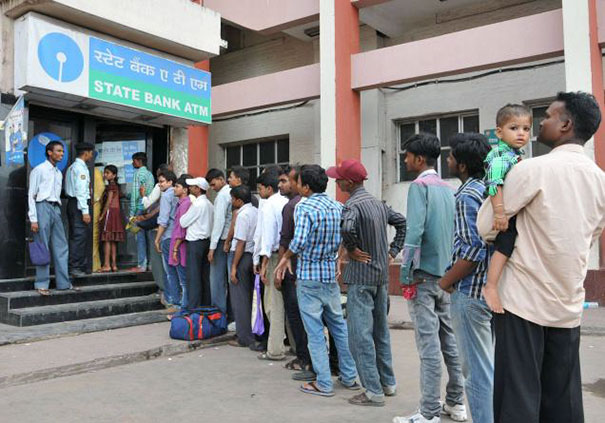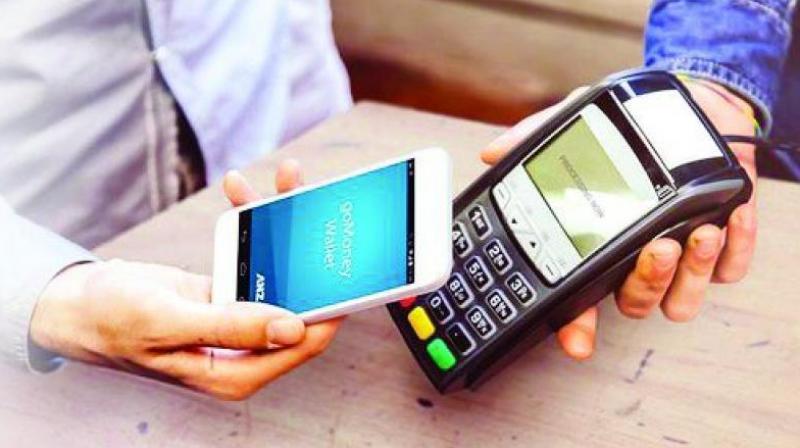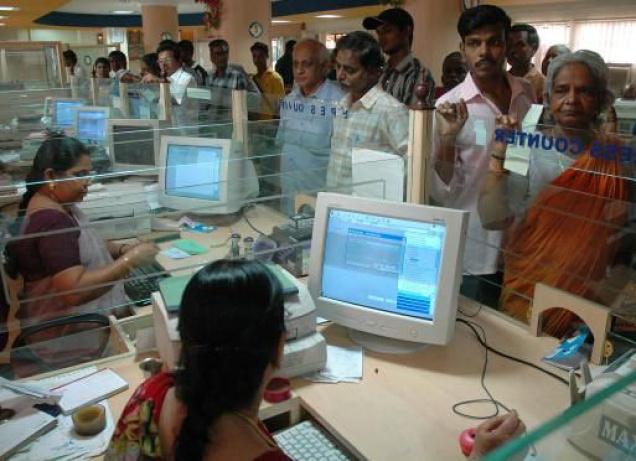Cash less society is impossible and it cannot be a reality at any point of time. Demonetisation has affected each and every section of society – there is no denying that. But it has severely affected those sections that deal in cash. And when they deal in cash, it means they do not have big money.
They are dependent on transactions below Rs 1000. They deal in cash because of the nature of their work.

It involves getting their salaries in cash. They deal in cash because they don’t have banks in their rural villages. They deal in cash because you don’t have Point of Sale or POS machines in many areas. Not everyone in the country can afford smart phones. The plastic money and the card money transactions are not fool proof.
The whole demonetisation exercise has completely failed and in the process, it has destroyed nearly 70% of the informal economy and 50% of white goods’ economy. It has created havoc among the marginalised communities whether they are Dalits or Adivasi or Muslims or women. Since last one month half of the day is being spent by the people to go around banks and collect some money of their own.
Demonetisation has had a very adverse impact on the Muslim minority as some of them dont have banks accounts and majority of them are dependent on small businesses and petty jobs.Some people are questioning as to who is Modi is lock our money. How can the government put restrictions on our accounts, the people are questioning while the bank officials are having a field time in dictating the people.The blunt answer is no cash. Go to Modi..Ask Modi?
Indian Muslims constitute 14% of the total population, but their share in different financial assets categories is disproportionately low to their numbers.

The World Bank CGAP Report gives the same findings: that the national average for households with a bank account is 68% in urban areas, while it is only 53% in towns where the Muslim population is above 50%.
The RBI in its Report of the Committee on Medium-term Path on Financial Inclusion using data from the All-India Debt and Investment Survey (AIDIS) showed how Muslims are excluded from all formal institutions like banks and cooperative societies. Their participation rate at 3% is lower than for single women, SCs and STs.
According to census data – 84% of top 100 Muslim populated districts (with over 52% Indian Muslim populations) are among the most financially excluded districts where 95% and more adult population do without bank loan accounts.
The Kundu Committee report showed that Muslims and SCs got less than 2% of bank loans. This report was given to the Modi government in October 2014.

The Sudhir Commission of Inquiry (for Muslims of Tenlangana) shows that 90% per cent of loan applications (made by Muslims) to banks and finance corporations are rejected.
The money coming to ATMs is very little and it is a pittance in areas where vulnerable sections – for example, Muslims – live. They are already financially excluded, they don’t have banks in Muslim areas, and so, for them, life has become very tough with the notes ban causing a huge economic and social impact on their daily lives.
The problem is compounded because the distribution of cash in ATMs is outsourced to private companies by public sector banks. They start loading ATMs in areas where people have a greater amount of deposits; by the time they come to areas or slums which are inhibited by marginalised people, not much cash is left to be deposited in ATMs.

We cannot depend on net all the time. How can we then depend on digital transactions? This cannot be called Modi’s war on corruption. It is Modi’s war on poor people said MIM leader and Hyderabad MP Asaduddin Owaisi.
It is time that the BJP Government takes drastic steps to correct the flaws and see to it that the cash is distributed to all the Banks and ATMs.

U.Srinivas
Editor














